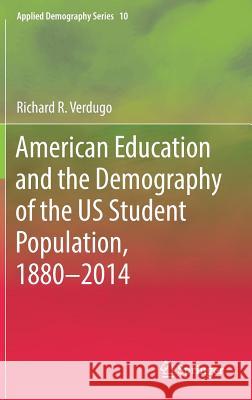American Education and the Demography of the Us Student Population, 1880 - 2014 » książka
topmenu
American Education and the Demography of the Us Student Population, 1880 - 2014
ISBN-13: 9783319894225 / Angielski / Twarda / 2018 / 505 str.
American Education and the Demography of the Us Student Population, 1880 - 2014
ISBN-13: 9783319894225 / Angielski / Twarda / 2018 / 505 str.
cena 401,58
(netto: 382,46 VAT: 5%)
Najniższa cena z 30 dni: 385,52
(netto: 382,46 VAT: 5%)
Najniższa cena z 30 dni: 385,52
Termin realizacji zamówienia:
ok. 22 dni roboczych
Bez gwarancji dostawy przed świętami
ok. 22 dni roboczych
Bez gwarancji dostawy przed świętami
Darmowa dostawa!
Kategorie:
Kategorie BISAC:
Wydawca:
Springer
Seria wydawnicza:
Język:
Angielski
ISBN-13:
9783319894225
Rok wydania:
2018
Wydanie:
2018
Ilość stron:
505
Waga:
0.96 kg
Wymiary:
23.39 x 15.6 x 3.17
Oprawa:
Twarda
Wolumenów:
01
Dodatkowe informacje:
Bibliografia
Wydanie ilustrowane
Wydanie ilustrowane











